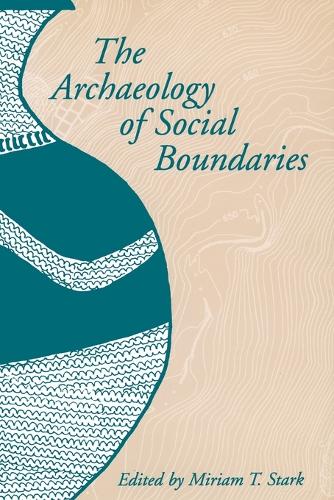
The Archaeology of Social Boundaries
(Paperback)
Publishing Details
The Archaeology of Social Boundaries
By (Author) Miriam T. Stark
Smithsonian Books
Smithsonian Institution Scholarly Press
26th May 2015
United States
Classifications
General
Non Fiction
Social and cultural history
Impact of science and technology on society
Archaeology
930.10285
Physical Properties
Paperback
382
Width 152mm, Height 229mm, Spine 19mm
519g
Description
Mapping the boundaries between ancient societies through studies of "ethnicity," migration, or economic systems is of perennial interest to archaeologists, who typically have taken two divergent approaches. North American archaeologists have studies formal variation in the style of finished products, while the French tradition, exploring links between cognition and technical choice, has focused on how variation occurs during the manufacturing process. Fourteen contributors examine an array of media -- from ceramics and personal ornaments to architecture and site structure -- in small-scale societies and apply methods from both sides of the Atlantic to explore how technical choices made in the creation of everyday objects can both reflect and define social boundaries. In chapters on pre-historic and historic societies that range from North America to Africa to Oceania, the authors suggest that variation in technical systems corresponds more closely than stylistic variation does to the boundaries between groups. They also address the question of whether modern concepts of ethnicity can be translated into archaeological terms. The Archaeology of Social Boundaries demonstrates that the search for social boundaries in material culture patterning can benefit from the study of both technological and stylistic qualities. By uniting two disparate intellectual traditions, this book contributes to a growing archaeological theory of material culture.
Author Bio
Miriam T. Stark is an assistant professor in the department of anthropology at the University of Hawai'i.
